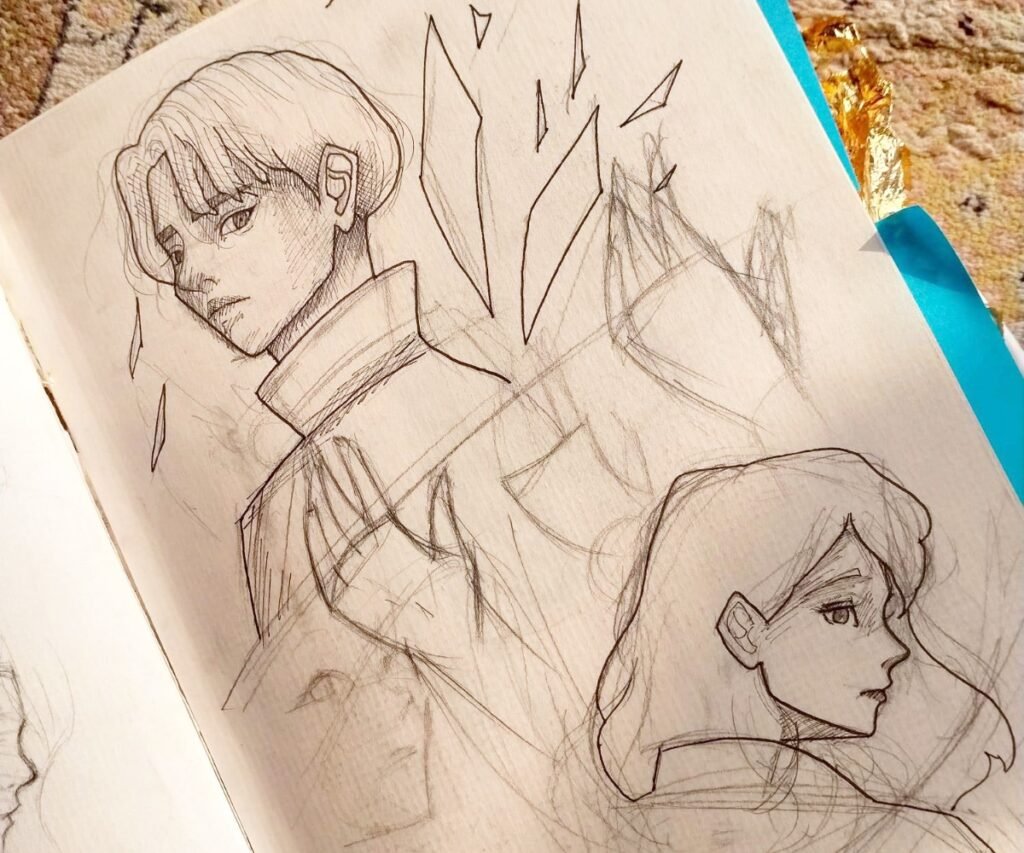Miniature Paintings are paintings made with intricate details, mostly with water colours or gouache. There are several types of Miniature Paintings, each affected by a specific time period in history. Let me explain it below as I learned it while studying about it haha.
Indian painting has a rich history, with some of the earliest examples found on pots and ceramics. The Ajanta cave frescoes from the 2nd-6th century A.D. mark the first golden period of Indian painting. Miniature painting became prominent during the Mughal era, with Persian artists Mula Abdur Sammad and Meer Syed Ali bringing their techniques to India from Iran. They used materials like wasli paper, which was prepared with substances like sufaida (crushed pearls) and lai (containing Neela tota and Bubul Gum). Jahangir’s reign saw a focus on pastel colors and halo-like additions behind subjects’ heads.
Turkish and Persian miniatures had Chinese influences, and Persian miniatures were divided into the Hirat school (minimalistic) and Sheraz school (decorative). While Babar’s time favoured manuscripts over large paintings, Akbar embraced a more Indian style, incorporating a broader color palette. Jahangir’s court artist, Ustaad Mansoor, illustrated India’s flora and fauna, influencing European art. Empress Noor Jahan broke the Mughal tradition by having her portraits made.
Mughal miniature Painting is a blend of Indian Miniature Painting and Persian miniature painting. The Pahari style, notable for its curved backgrounds, emerged in Rajasthan.
Behzar, a renowned Persian court artist, had a distinct style. He was a star very well-known in Iran because of his beautiful works. Persian miniatures featured pastel colors, and Ustaad Mansoor painted the world’s first Dodo during Jahangir’s reign.
Well, this was all interesting information, right? Miniature Painting is a very wide field with a history perhaps as long as history itself. You can only learn how to paint it from a proper Ustaad as there are not many books or instructions present online on how to do it. It is a very respectable technique still relying on using as much organic material as possible in today’s time.




